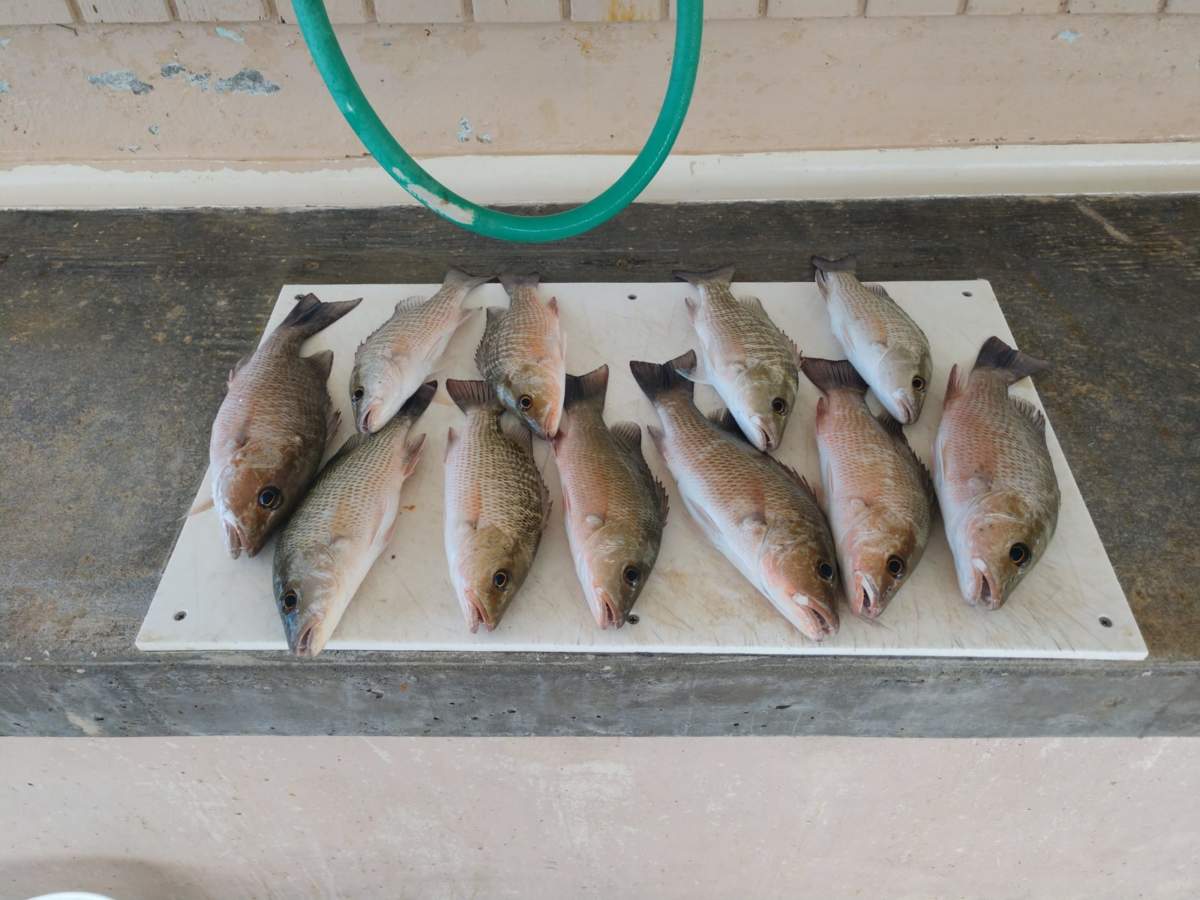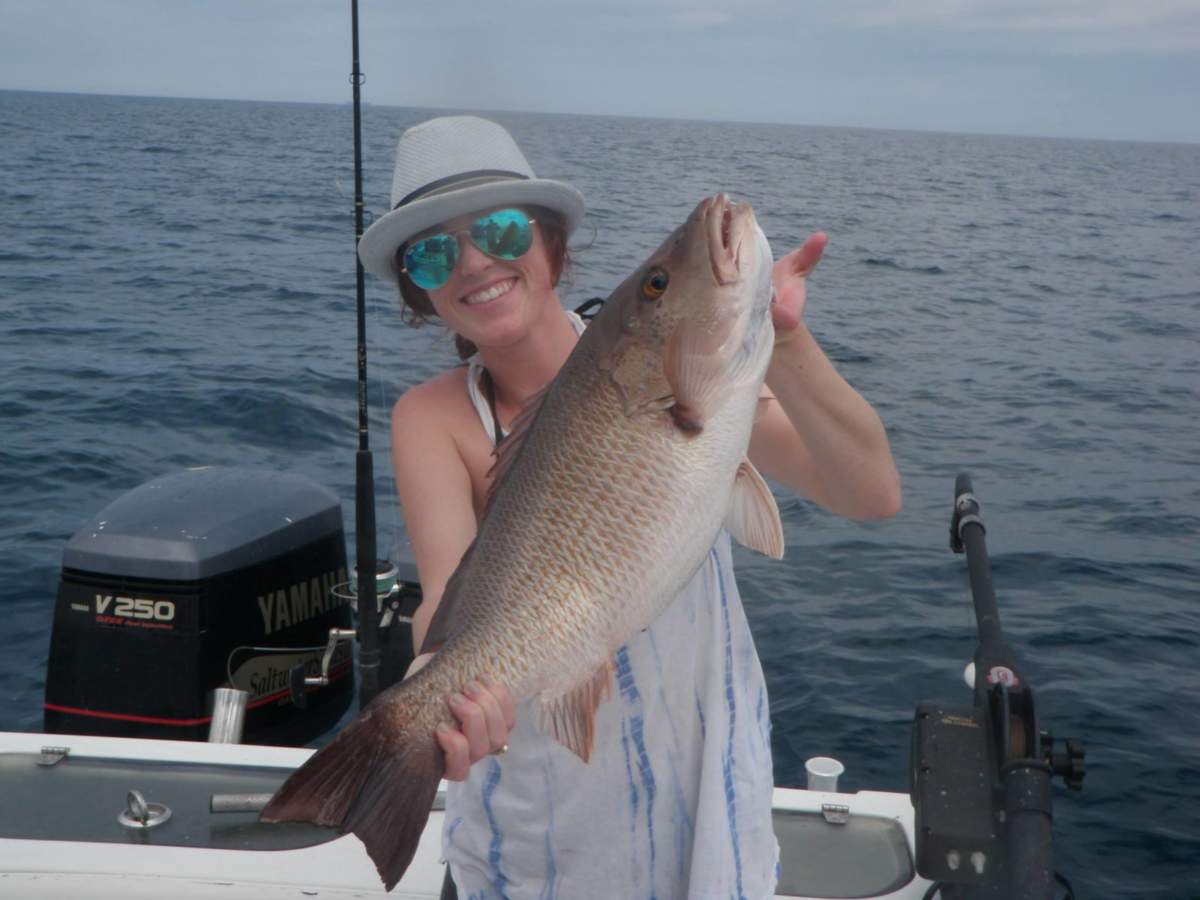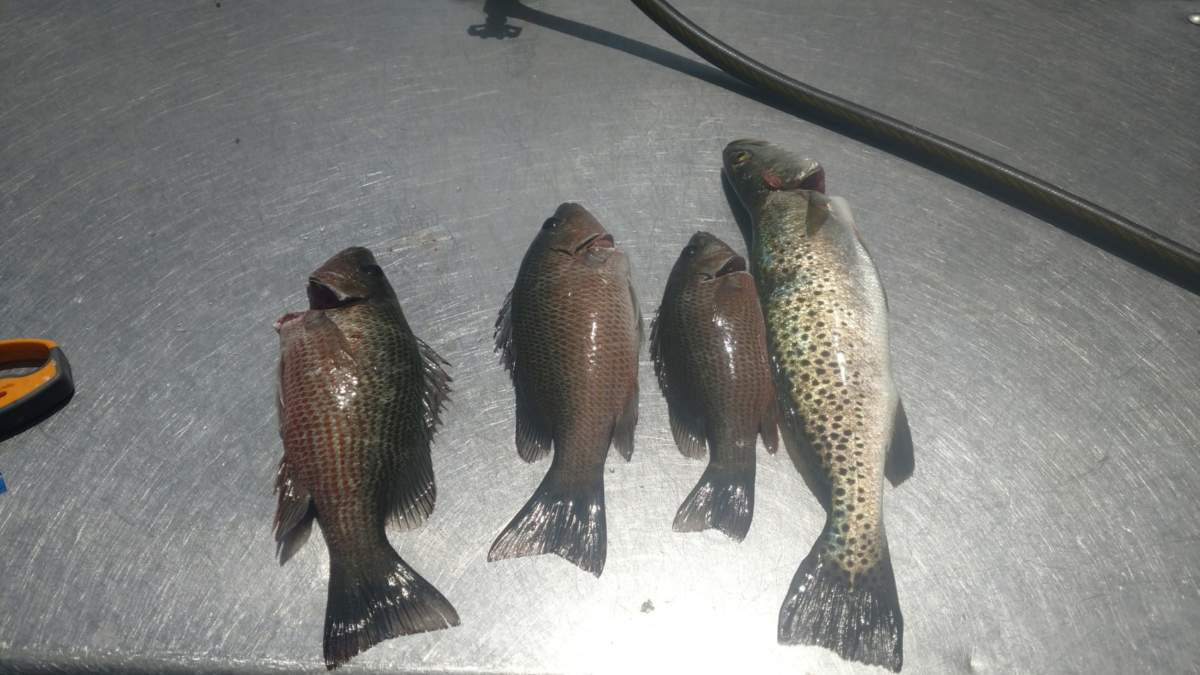Last Updated on December 15, 2022 by Staff Writer
Are you ready to head out onto Tampa Bay for that perfect catch? Mangrove snappers are one of the smaller inshore species, yet they are ideal for anglers looking to enjoy a delicious dinner afterward. Whether you’re a beginning or experienced fisherman, this guide on catching, cleaning, and cooking mangrove snapper will prepare you for your next inshore fishing trip in Tampa Bay!
Catch
Mangrove Snappers, known affectionately by anglers as ‘Mangos,’ are one of the most beloved inshore snappers in Tampa Bay. Its mouth is full of sharp teeth, and its lean body shape makes it an excellent challenge for fishermen looking to test their skills on the bay. Mangos have colors ranging from bronze to grey and will usually be around 6-18 inches when caught inshore – but you may occasionally get lucky and end up with someone bigger! Once they mature, these travelers tend to venture offshore, where they can sometimes reach sizes over 20 pounds. Be sure to join me in the Bay to get your Mangrove Snapper story!
Fishing for mangrove snapper can be a rewarding yet challenging experience! As an offshore angler, you can find them grazing on reefs, rock piles, or wreckage. On the inside, however, they are easily located in and around any structure that carries their prey. Usually found near mangroves as juveniles, once grown into adults, they tend to explore other shorelines and structures like bridges, docks, oyster beds, and piers.
Once you’ve gone to an area these fish frequent, all you need is some mud minnows and cast away!
Clean
- Using a filet knife, insert the tip just above the gills, then follow along the spine down to the tail.
- Then you can go all the way down the fish, going deeper into the fish with each pass, ensuring to stay in contact with the bones at all times. Stop once you hit the backbone.
- After you have separated the filet on the top, you can continue making these shallow cuts around the bottom of the fish, ending where you began.
- After doing this step, you can now gain clear access to the inside of the filet, using your knife to separate the filet from the ribs. The ribs on the snapper are relatively easy to see. After this step, you have separated the whole filet from the fish.
- Once you have gotten the filet off the first side, you can repeat the steps on the other side to remove the second filet.
- Bring your filet to the edge of the table, then with your filet parallel to the table and perpendicular to the fish, starting at the “tail” end, side the knife as close as you can between the skin and the filet. The closer you get, the more you get to eat.
Now you’re done with cleaning your fish! Check out this if you would like a more in-depth video to follow!
Cook
Check out this (adjusted) recipe from Petitechef for mangrove snapper:
Ingredients
- 4 snapper fillets, 4 to 6 ounces each
- 1/2 cup butter– or Extra Virgin Olive Oil
- flour for dusting
- 1 lemon
- 1 teaspoon or so of white wine
- 1 tablespoon capers
Instructions
- Season Filets with salt and black pepper.
- Dredge fish in a bit of flour. Heat butter (or extra virgin olive oil, or 50/50 of both) in a skillet.
- Add the fillets and saute at medium-high 3 to 5 minutes per side.
- Squeeze lemon over cooked fillets. Add sherry and capers to the pan and continue sauteing until the fish is crisp around the edges.
- To serve, spoon the capers over the fillets. Serve warm.
Catch Mangrove Snapper With Us!
If you’re looking to take home your limit of mangrove snapper, look no further than FishnFL Charters. Captain Jason is an angling expert with years on the water, perfecting his craft. Book your trip today to catch your own here in Tampa Bay!




